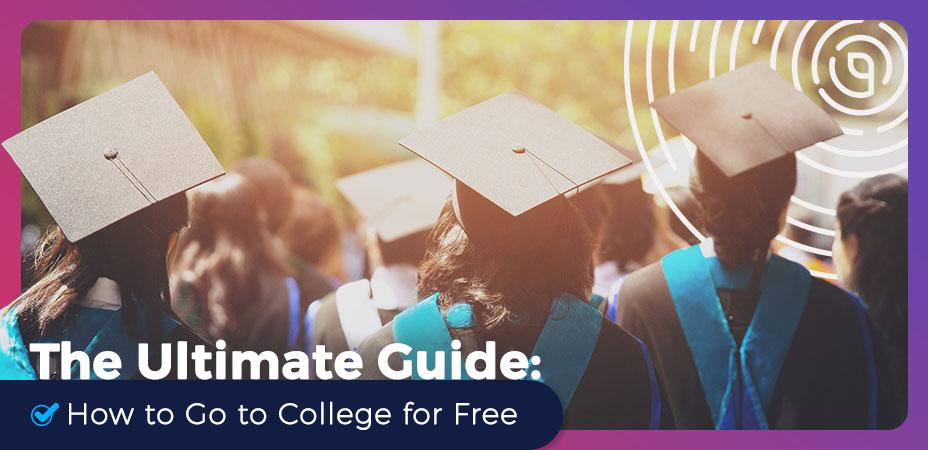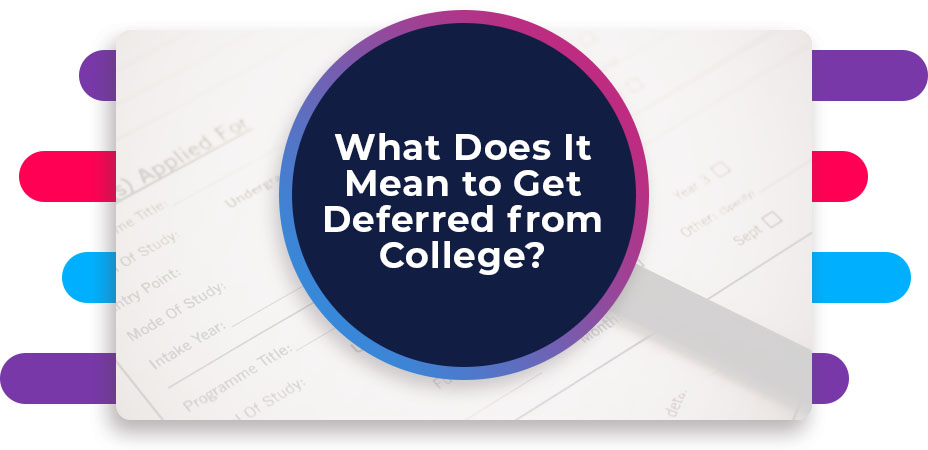Apply for student loan forgiveness by submitting an application through the Federal Student Aid website at studentaid.gov. Choose the correct forgiveness program such as Public Service Loan Forgiveness (PSLF) or income-driven repayment (IDR) forgiveness. Ensure you meet all eligibility criteria before applying, including qualifying employment or repayment history.
What Is Student Loan Forgiveness
Student loan forgiveness removes the obligation to repay some or all of your federal student loan debt after meeting certain program requirements. These programs are managed by the federal government and designed to support borrowers working in public service jobs, low-income schools, or those under long-term repayment plans.
Forgiveness applies to federal loans, such as federal direct loans, Perkins Loans, and federal student loans consolidated into a Direct Consolidation Loan. Private student loans are not eligible for forgiveness through federal programs.
Recently the government updated rules under income driven repayment forgiveness (IDR) to count more past payments toward forgiveness, especially under the SAVE Plan, which offers lower monthly payments based on income and family size.

Student Loan Forgiveness Programs
There are five main federal student loan forgiveness programs available. Each has unique requirements based on profession, loan type, or hardship.
| Program | Eligibility | How to Apply | Key Notes |
|---|---|---|---|
| Income-Driven Repayment (IDR) | Federal loan borrowers with 20 – 25 years of qualifying payments under IDR plans. | Submit an IDR Plan Request Form via StudentAid.gov. Recertify income annually. | SAVE plan is currently blocked; consider switching to IBR or PAYE for forgiveness eligibility. |
| Public Service Loan Forgiveness (PSLF) | Full-time government or nonprofit employees with 120 qualifying payments. | Use the PSLF Help Tool on StudentAid.gov to certify employment. | Loan consolidation may be needed for FFEL, Perkins, or Parent PLUS loans. |
| Borrower Defense to Repayment | Borrowers misled or defrauded by their school. | Submit a Borrower Defense Application with documentation through StudentAid.gov. | Processing may take 6–18 months due to case reviews and legal backlogs. |
| Teacher Loan Forgiveness | Teachers in low-income schools for five consecutive years. | Submit the Teacher Loan Forgiveness Application to your loan servicer. | Forgiveness amount depends on subject taught—up to $17,500 for math, science, or special education. |
| Total and Permanent Disability (TPD) Discharge | Borrowers unable to work due to long-term disability. | Apply through StudentAid.gov using SSA or physician documentation. | Loans enter forbearance during review. SSA automatic discharge may apply for some borrowers. |
Who Qualifies for Student Loan Forgiveness?
To qualify for loan forgiveness, you must meet specific employment, loan type, and payment history requirements. These vary by program but generally include:
- Federal employment or service in nonprofit organizations (for PSLF)
- At least 20 – 25 years of repayment under an IDR plan (e.g., IBR, PAYE, SAVE)
- Full-time teaching for five consecutive years in a low-income school (for Teacher Loan Forgiveness)
- Documented disability or school misconduct
You must also be in good standing with your loan servicer. If your loans are in default, you must first complete a rehabilitation program.
Tip: Use the PSLF Help Tool and IDR Tracking Tool on studentaid.gov to verify your eligibility status and qualifying payments.
How to Apply for Student Loan Forgiveness
Submit your application directly through the Federal Student Aid website or your loan servicer. Follow these clear steps to complete your request:
- Log in at studentaid.gov using your FSA ID.
- Choose the appropriate forgiveness program (e.g., PSLF, IDR, TPD, etc.).
- Fill out and submit all required forms, such as the PSLF Form or IDR Plan Request.
- Attach necessary documents like employer certification, income records, or disability proof.
- Track your submission in the loan dashboard and wait for a decision.
Required Forms:
- PSLF Form for public service verification
- Borrower Defense Application for school fraud claims
- IDR Application for long-term repayment forgiveness
- Teacher Forgiveness Application via your loan servicer
- TPD Discharge Form with medical or SSA documentation
Avoid These Common Mistakes
Over 50% of PSLF applications get denied due to preventable errors. Avoid these issues:
- Not certifying employment annually (PSLF)
- Applying with ineligible loans (like FFEL or Parent PLUS not consolidated)
- Missing payments or paying under a non-qualifying plan
- Failing to submit required forms
- Providing incomplete documentation
Always use direct loans and verify your repayment plan qualifies. Review details at studentaid.gov.
How Long Does Student Loan Forgiveness Take?
Approval times vary by program, ranging from 90 days to over one year. Key timelines include:
- PSLF: Average processing time is 3–6 months after 120 payments are verified.
- IDR Forgiveness: May take 6–12 months after reaching the 20- or 25-year threshold.
- Borrower Defense: Often delayed due to legal reviews; expect 6–18 months.
- TPD Discharge: Usually processed within 3 months with valid SSA proof.
- Teacher Forgiveness: Most servicers process within 60–120 days.
Track your progress in real-time through your loan servicer dashboard or StudentAid.gov.
What Happens After Loans Are Forgiven?
Once approved, your remaining loan balance is permanently canceled. Here’s what follows:
- You stop making monthly payments.
- Your credit report shows a $0 balance.
- No taxes are owed on forgiven federal loans until at least 2025, per the American Rescue Plan Act.
- You’ll receive an official forgiveness letter from your loan servicer.
- You can still apply for other aid like graduate loans or repayment assistance programs if needed.
Regular Questions
Below are typical questions we get asked about this topic.
What happens if my loan forgiveness application is denied?
You can appeal the decision by submitting additional documentation. Also, check if you’re eligible for other forgiveness programs or switch to an income-driven repayment plan.
Can I apply for multiple forgiveness programs simultaneously?
Yes, as long as you meet the requirements for each. For instance, you can qualify for both PSLF and income driven repayment forgiveness.
How does consolidation affect my eligibility for forgiveness?
Consolidating can help make your loans eligible, especially for PSLF and IDR. However, consolidation resets your payment count, so only consolidate if necessary.
Are forgiven loans taxable?
No, federal student loan forgiveness is tax-free through the end of 2025. However, some states may tax forgiven debt. Check with your state’s higher education department.
Key Takeaways
- Apply through studentaid.gov only.
- Match the correct program to your job, loan type, or situation.
- Meet all eligibility rules—employment, loan status, repayment plan.
- Avoid common mistakes by submitting accurate forms and documentation.
- Track your application and appeal if denied.







